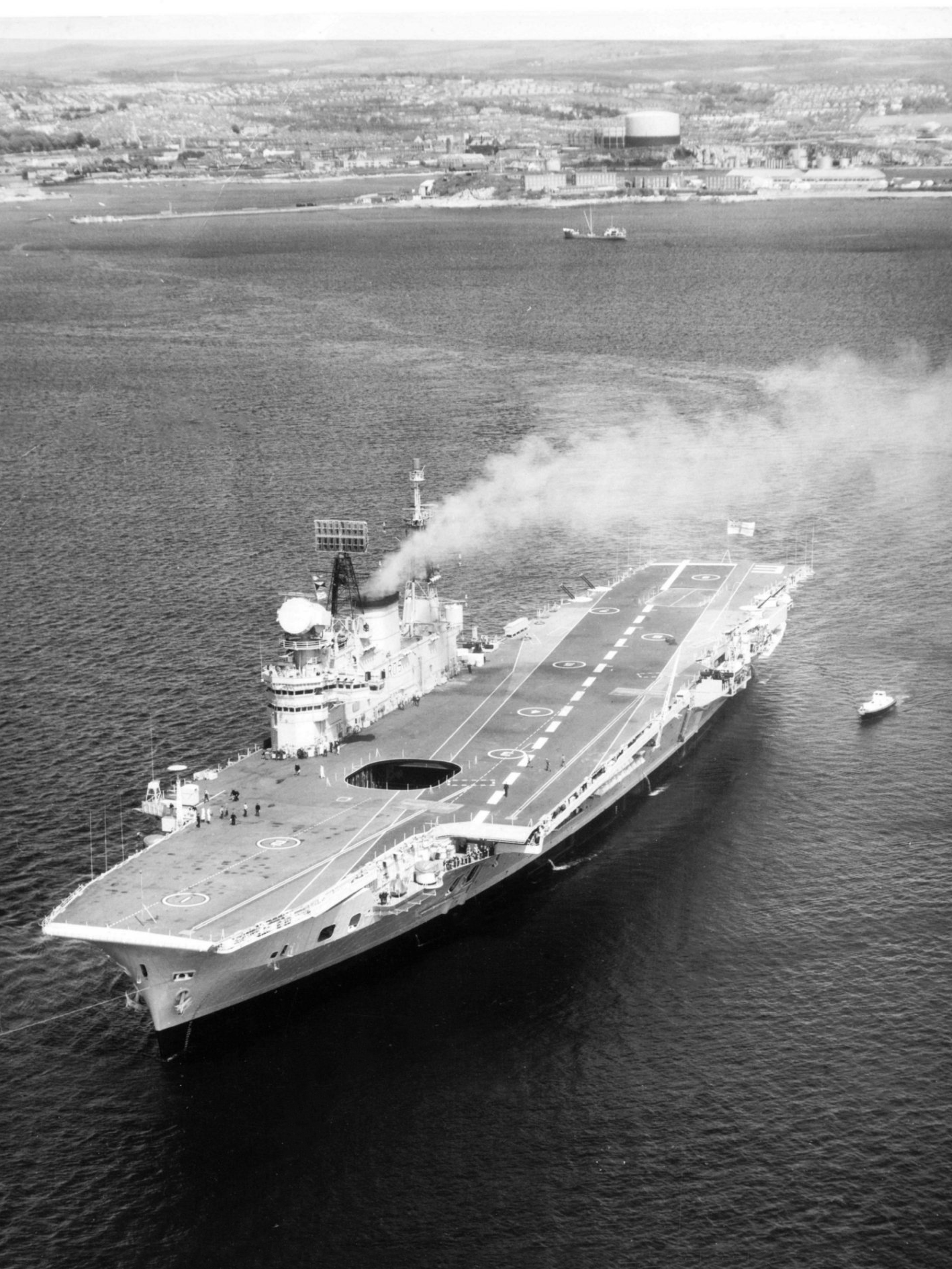Royal NavyAudacious Class Aircraft Carriers: A Comprehensive Guide
The Audacious class of aircraft carriers represented a pivotal stage in the development of post-war Royal Navy aviation. Conceived during the height of the Second World War, these carriers were designed to handle the increasing size and weight of naval aircraft while providing greater resilience in combat. Though four ships were originally planned, only two entered service, HMS Eagle and HMS Ark Royal, both of which went on to play central roles in Cold War naval operations. This guide explores the design, construction, service history and legacy of the Audacious class in detail.
Origins and Design Development
By 1942 the Royal Navy recognised that its existing fleet carriers, such as those of the Illustrious and Implacable classes, were rapidly becoming obsolete. Aircraft were becoming heavier, faster and capable of carrying larger payloads. The Audacious class was therefore drawn up with a focus on size, power and adaptability.
The carriers were built with reinforced armoured flight decks to improve survivability against bomb and kamikaze attacks, a lesson learned from wartime experience. Their larger dimensions, at around 800 feet in length, enabled them to operate a greater variety of aircraft. They were fitted with powerful steam turbines and could reach speeds of over 30 knots, ensuring they could keep pace with the fleet and launch sorties quickly.
The design was continually modified throughout the 1940s, particularly as jet aircraft emerged. This meant that by the time the ships entered service in the 1950s they were considerably different from the original concept.
Planned Ships of the Class
Four vessels were laid down during the war, although only two were completed:
HMS Eagle (originally HMS Audacious) – completed and commissioned in 1951.
HMS Ark Royal (originally HMS Irresistible) – completed and commissioned in 1955.
HMS Africa – cancelled before completion. HMS Eagle (second of the name, later cancelled) – cancelled before completion. The cancellation of two ships was primarily due to post-war defence cuts and shifting priorities as Britain adjusted to peacetime.
HMS Eagle (R05)
HMS Eagle was the first of the completed ships and became one of the largest carriers ever built for the Royal Navy. She was launched in 1946 but not fully commissioned until 1951 due to significant redesigns. Initially equipped with a straight flight deck, she was later upgraded with an angled deck to allow for safer jet operations.
Throughout her service, Eagle operated aircraft such as the Supermarine Scimitar, the de Havilland Sea Vixen and later the Blackburn Buccaneer. She was heavily involved in Cold War duties, often deployed to show British naval strength in the Mediterranean, the Far East and the Indian Ocean.
Despite major modernisation, by the early 1970s the cost of further refits became unsustainable, and she was withdrawn from service in 1972.
HMS Ark Royal (R09)
HMS Ark Royal, the second completed ship of the class, was launched in 1950 and commissioned in 1955. She was fitted from the outset with the latest carrier innovations, including an angled flight deck, steam catapults, a mirror landing system and a deck-edge lift. These features made her the most advanced Royal Navy carrier of her generation.
Ark Royal played a vital role in NATO exercises and deployments during the Cold War. She operated the Phantom FG.1 and Buccaneer aircraft, becoming a central element of Britain’s conventional strike capability. However, she was plagued by mechanical problems throughout her life, largely a result of prolonged construction delays and constant modifications.
She remained in service until 1979 and was the last conventional carrier in the Royal Navy capable of launching and recovering large fixed-wing aircraft.
Technical Features of the Class
The Audacious carriers were built to accommodate both piston-engined and jet aircraft. Notable technical characteristics included:
Displacement: Approximately 43,000 to 45,000 tons at full load.
Length: Around 804 feet.
Propulsion: Steam turbines producing speeds exceeding 30 knots.
Flight Deck: Initially straight, later refitted or redesigned with angled decks.
Aircraft Capacity: Typically between 40 and 50 aircraft, though this varied with refits.
Armament: Carriers of the class carried anti-aircraft guns early in their careers, although reliance shifted increasingly to escort vessels and carrier-borne aircraft for defence.
These features marked them as transitional ships, bridging the gap between wartime carriers and the purpose-built supercarriers of later decades.
Operational Service and Role in the Cold War
Both HMS Eagle and HMS Ark Royal saw extensive service during the Cold War period, when the Royal Navy maintained a global presence to counter the Soviet Union. They took part in numerous NATO exercises, crisis deployments and fleet demonstrations.
Eagle was notable for her operations east of Suez, reflecting Britain’s desire to project power in Asia and the Middle East. Ark Royal, meanwhile, often operated in the North Atlantic and Mediterranean, flying advanced aircraft such as the Phantom.
Their presence symbolised Britain’s continued status as a world naval power despite shrinking defence budgets.
Legacy
The Audacious class occupies an important place in Royal Navy history. They were among the last large fleet carriers built in Britain before the shift to smaller carriers and, eventually, to the modern Queen Elizabeth class.
HMS Eagle was remembered for her size and versatility, while Ark Royal became iconic as the last British carrier to operate fixed-wing jets using catapults and arrestor wires. Their careers encapsulate the technological evolution of naval aviation during the mid-twentieth century.
Although both were scrapped after decommissioning, their influence on carrier design, operations and naval policy remains evident today.
Conclusion
The Audacious class was conceived in wartime but came of age in the Cold War. Combining innovative design features, adaptability and operational flexibility, these ships demonstrated the challenges of keeping pace with advancing aviation technology. Though their service lives were ultimately cut short by financial constraints, they left a lasting mark on the Royal Navy and the history of aircraft carriers.



